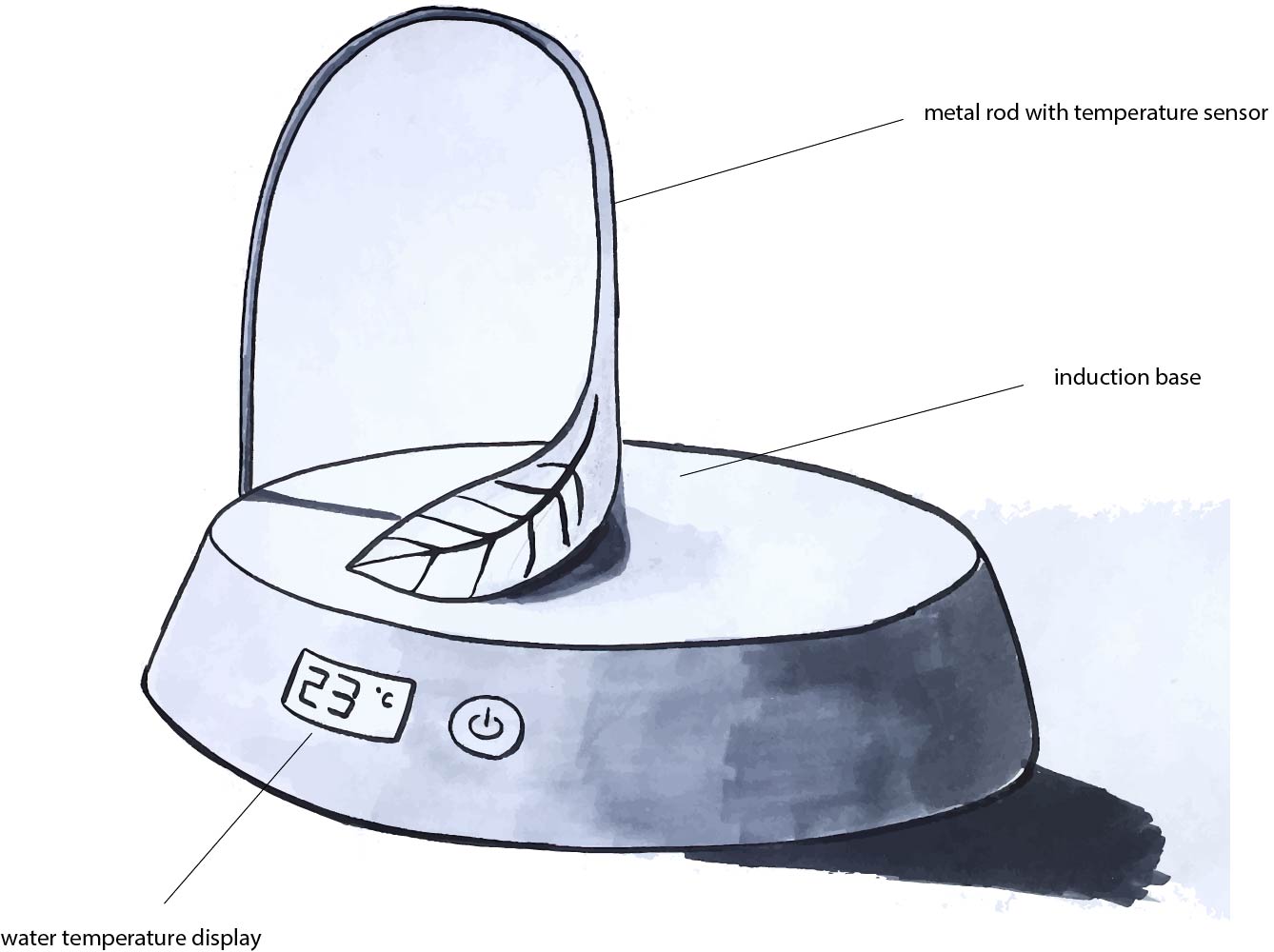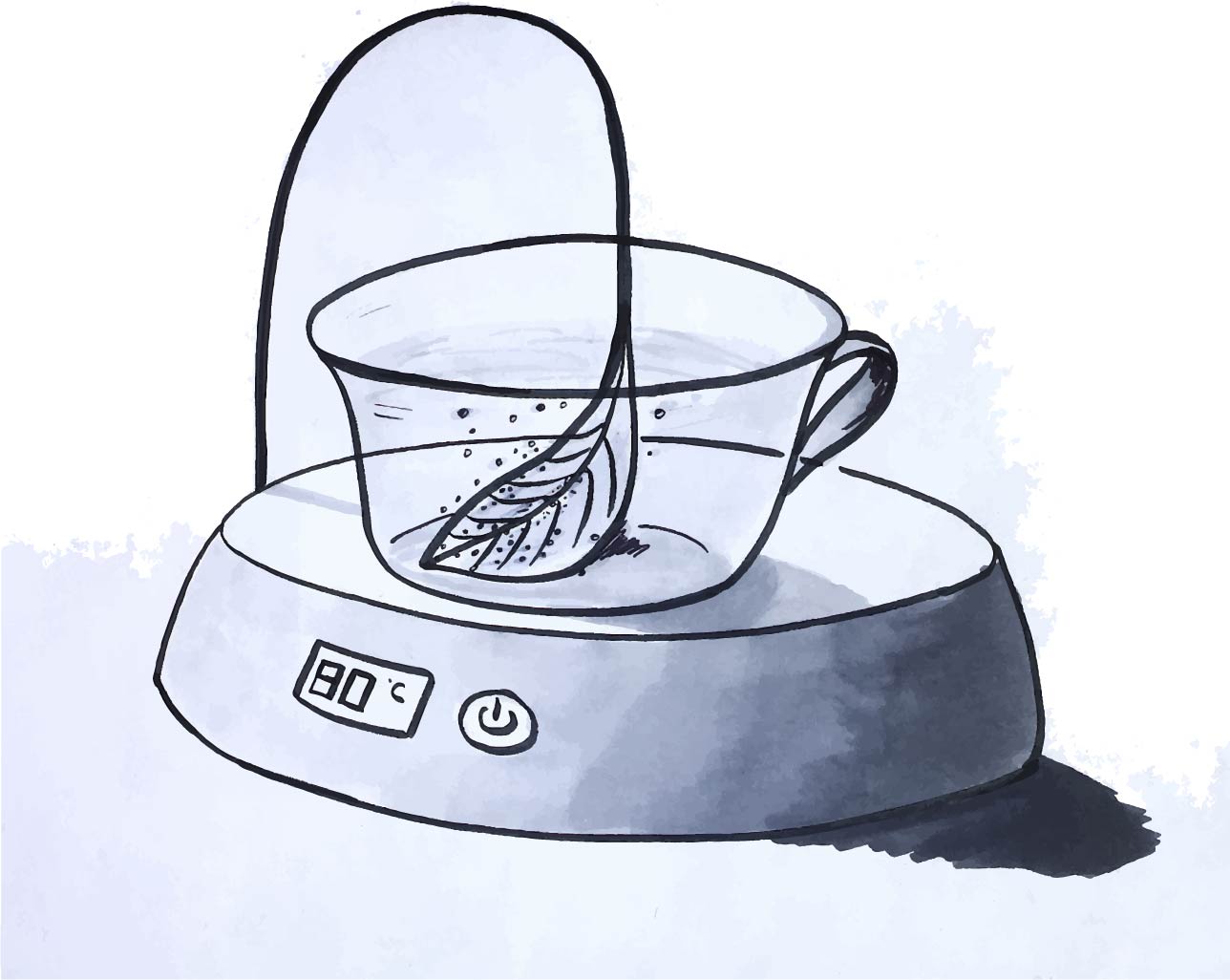Human Use Analysis: Water Kettle

“One day of extra energy use from overfilling electric kettles is enough to light all the streetlights in England for a night.” ― Leyla Acaroglu
Water kettle is a commodity that has a simple and straightforward function: heating up water to make hot beverages. Even though there are currently a great number of kettles on the market with price ranging from $15 to $200, current kettle models still have certain limitations that can influence the user experience negatively.
Based on their performance parameters, current water kettles on the market can be categorized into four tiers. Tier 1 are traditional non-electric kettles. These kettles need to rely on stove to function, making them not as self sufficient as electric kettles. Other predominant disadvantages of these kettles are long boiling time and high energy consumption.Tier 2 kettles are electric kettles that have below the average performance. Some of the brands are Bentwood, Proctor Silex, Kitchen Smith. Most of the kettles body in this category is made of plastic, which has lower durability and can become a health concern with frequent heating. In addition, the heating coil are exposed directly to water, long and frequent use period of use will cause mineral deposit to form on top of the coil, further deteriorating the kettle’s performance.Tier 3 are kettles that have average performance. Aroma and Hamilton are two big providers in this category. The characteristics of these water kettles are safe and durable structure, reasonable water boiling time, but lack of adjustable temperature and keep warm features. Tier 4 are the high end water kettles such as Smeg, Cursinart CPK-17 and KitchenAid. These kettles have shorter water boiling time and allow users to adjust water temperature and and keep the water warm for a longer period of time. The average price for kettles in this categories are more than 100 dollars, making them not a popular choice out of economical consideration.
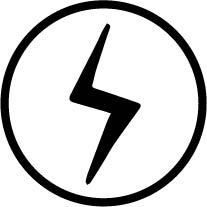
ENERGY CONSUMPTION

TIME CONSUMING
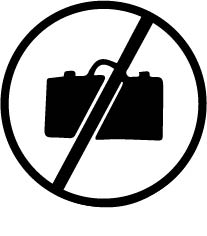
LOW PORTABILITY
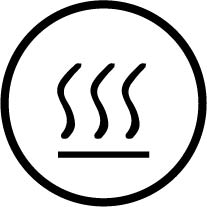
SAFETY
Most kettles do not have an insulation layer around them, causing energy lost during the water boiling process. In addition to this aspect, most users do not finish the water that they boil in the kettle, resulting in the energy waste from boiling the unused water. Also, many users do not need their water to be brought to a complete boil, but only want it to be heated up to make tea or coffee, especially different types of teas often require different water temperature. Many kettles, however, do not have the function to allow users to view the water temperature and stop heating when the water reaches desired temperature.
I personally own an Aroma water kettle and it takes about 6.5 minutes to boil 1 liter of water. Traditional water kettles are on the lower end of the overall performance spectrum of water kettles, requiring about 8-9 minutes to heat up 4 cups of water. Using tier 4 kettles can reduce the water boiling time to 4.2 minutes for 1 L of water, but the corresponding price rise isa drawback.
Although water kettles do not often come across as a traveling appliance, there are circumstances where users want to carry their water kettles to work place and travel destinations. Speaking from my own traveling experience in the past, it is not uncommon to for me to reach a hotel and find out that there is no water kettle in the room, or there is one, but has a distinct smell and unappealing deposit in it. So it would be a nice improvement if the kettle can be made portable so the users can have the option of bringing the kettle on a trip.
As mentioned, most of standard water kettles do not have an insulation layer outside, so while boiling water, the hot kettle surface and the hot steam from the water can become a safety hazard, especially if the kettle is used in a relatively small space, such as a small kitchen or a small office cube. Eliminating the heating component, such as the coil can be a good way to make the kettle become a more user friendly desktop appliance.
